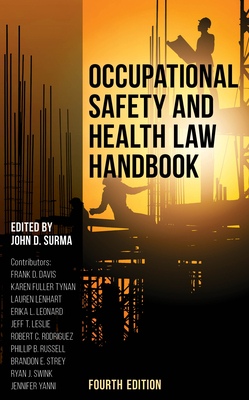
As in the previous edition, this edition begins with an overview of the OSH Act in Chapter 1 and then addresses who is covered under the OSH Act, the development of safety and health laws, and the employer's duty to comply with occupational safety and health laws in Chapters 2 through 4. Chapter 5 provides a detailed discussion of the recording and reporting rules for work-related injuries and illness as well other recordkeeping requirements under specific safety and health standards. Chapters 6 and 7 focus on the rights of employers and employees, including employees' right against unlawful discrimination related to protected safety activity. In Chapter 8, the authors provide a detailed discussion of the new hazard communication provisions that conform with the Globally Harmonized System. Chapter 9 covers the use of voluntary safety and health self-audits that employers may use to identify and correct safety and health hazards. Chapters 10 and 11 discuss OSHA's primary enforcement tools -- inspections and investigations and citations issued following an inspection or investigation. These chapters also contain insight on steps employers may need to take during an inspection or investigation. Chapter 12 explains the procedures for challenging a citation before the Occupational Safety and Health Review Commission and federal court of appeals. Chapter 13 covers criminal enforcement of OSHA standards. The last chapter covers imminent domain inspections.
The Occupational Safety and Health Law Handbook serves as a useful guide for practitioners in the occupational safety and health field who are responsible for addressing safety and health concerns in the workplace.







